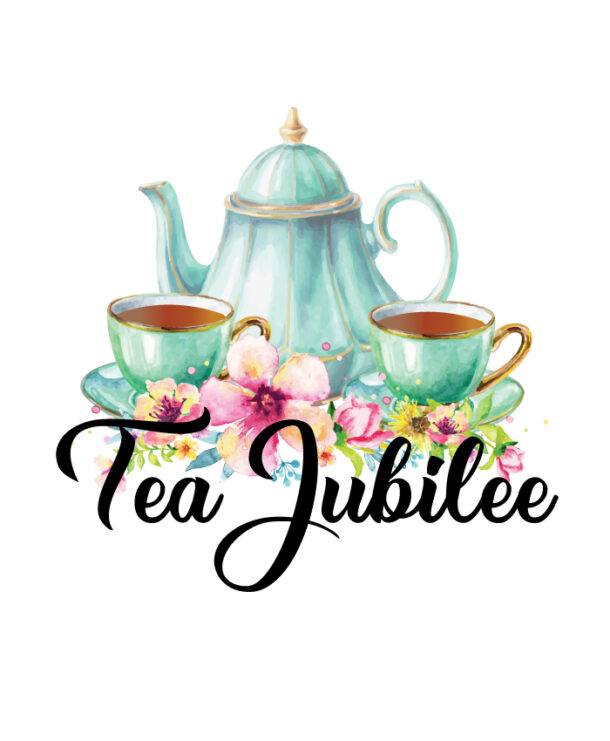==================
A Caveat and Affiliates
First off, a little caveat: within my articles you will find affiliate links, meaning if you buy them, I get a small commission. Your cost is not affected. In addition, I am an Amazon Associate and I earn from qualifying purchases on Amazon.
And yes, if I say that I recommend a product here, it means I truly believe it is a good product. I refuse to recommend any product that I have not researched and believe to be a good value.
Even better, I provide you with a very clear picture of the product, it’s use, and the probable value.
Earning your trust is important to me. I run this website myself and the commissions and donations help support the site.
Sound reasonable and fair enough? Let’s continue to the article.
==================
Contents
How To Brew The Perfect Pot Of Tea
Do you want to know How To Brew The Perfect Pot Of Tea? You must read this article to learn how to brew the perfect tea pot! Ready to learn more?
I will start by saying that brewing tea is an experience steeped in tradition and mindfulness. This isn’t just about pouring hot water over leaves; it’s a ritual that spans cultures and centuries, with each cup offering a chance to slow down and savor the moment. Tea brewing is where art meets science; patience is as crucial as the technique.
The tea-making process is as varied as the cultures that cherish it. From the Japanese tea ceremony that praises aesthetics and harmony to the British elevenses where the day pauses for a hot cup, tea is a global phenomenon. This cultural tapestry enriches the practice, making tea brewing a journey worth savoring as much as the drink.
Now, pay attention to the symmetry in brewing a perfect teapot. It isn’t just about the end product; and it’s about the ritual surrounding it. This is the time to appreciate life’s subtleties and allow your senses to engage fully with the process. You’ll find that with the right approach, brewing tea is transformative, calming the mind as it invigorates the palate.
As we segue into the heart of our tea brewing journey, remember that your canvas is as barren or rich as the leaves you choose. So, in the next section, ‘Choosing Your Leaves Wisely:
The Foundation of Flavor,’ I’m here to help you understand how the selection of leaves lays the groundwork for the delightful symphony you’re about to create in a cup. We’ll examine the tea varieties and how their unique properties define your brewing method, ultimately contributing to that perfect teapot.
Choosing Your Leaves Wisely: The Foundation of Flavor
A great pot of tea starts with your choice of leaves. It’s not just about grabbing any packet off the shelf; it’s about understanding what each type of tea offers. You’ll learn about the world of green, black, oolong, white, and herbal teas—each with unique taste, aroma, and brewing requirements.
When it comes to selecting high-quality tea leaves, freshness is crucial. Look for leaves with vibrant colors, a sign that they haven’t been sitting on the shelf for ages.
The packaging is also a telltale sign: airtight containers or sealed packaging preserve the tea’s essential oils, which are responsible for its aroma and flavor.
Storing tea can be as important as choosing it. Keep your teas away from heat, light, and moisture, and think twice before refrigerating or freezing them.
Doing it wrong can lead to condensation and, consequently, spoilage. Ideally, you want to store them in a cool, dark place, like a pantry or a cabinet away from your stove.
Mastering the Technique: Time, Temperature, and Tools
I will tell you something: brewing the perfect teapot is like a science experiment. It’s about hitting the sweet spot with time and temperature and having the right tools for the job.
You can’t just blast all teas with boiling water and hope for the best. Different teas call for different heats. Green tea, for instance, prefers the subtlety of cooler water, around 160 to 180 degrees Fahrenheit.
Black teas shine with hotter water, 200 degrees, and slightly under boiling. And with oolong teas, you aim for a happy middle ground, usually between 180 to 200 degrees.
Now, you don’t need to eyeball your kettle – a kitchen thermometer can become your new best friend. Or, if you’re serious about tea, consider a variable-temperature electric kettle.
The steeping time is just as crucial. Picture this: Your green teas are soaking for 2 to 3 minutes. Black teas? They like to lounge a bit longer, usually 3 to 5 minutes. And oolongs are even more laid-back, with a steeping time of 4 to 7 minutes. Using a timer can save you from the bitterness of an oversteeped tea. Remember, these are starting points; feel free to tweak times to your taste.
Finally, the choice of teapot and accessories does matter. A good teapot is more than just a container; it’s a brewing sanctuary. A ceramic or porcelain pot retains heat well and doesn’t impart extra flavors to your tea. If you’re into meticulous brewing, a glass pot can be a great way to watch the leaves unfurl and control the strength of your brew. Having a cozy tea to keep your pot warm and a strainer to catch rogue leaves is also useful.
When you nail these elements, you guarantee your leaves express their full potential. This isn’t just about drinking tea; it’s about appreciating the ritual and nuance in every cup.
Serving Perfection: The Final Touches to a Great Pot of Tea
Now that you’ve mastered the brewing process, you’re just steps away from enjoying a splendid cup of tea. The final nuances are what elevates a good pot of tea to greatness.
First off, don’t overlook the importance of pre-warming your teapot. This isn’t just about tradition; it’s a practical step that maintains the temperature of your tea, ensuring each cup is as satisfying as the first.
Swirl some hot water in the teapot before discarding it. Then, introduce the freshly brewed tea to a cozy, warmth-preserving environment.
Next, let’s talk about the art of pouring. A smooth, steady pour is essential for aesthetics and consistency in strength and temperature across all cups. If you’re serving guests, remember to share the full-bodied flavor by evenly distributing the tea, pouring a little into each cup in rotation until all are evenly filled.
Finally, consider the accompaniments. Whether you’re a purist who prefers tea without additions or someone who enjoys a slice of lemon or milk, choose something that resonates with you. Pairing your brew with complementary snacks like biscuits or scones can enhance the overall experience.
Remember, the perfect pot of tea brings you delight and comfort. Don’t worry too much about perfecting every detail on the first go. With each pot of tea, you’ll refine your method and find what makes your tea time special. Cheers to your tea journey!



